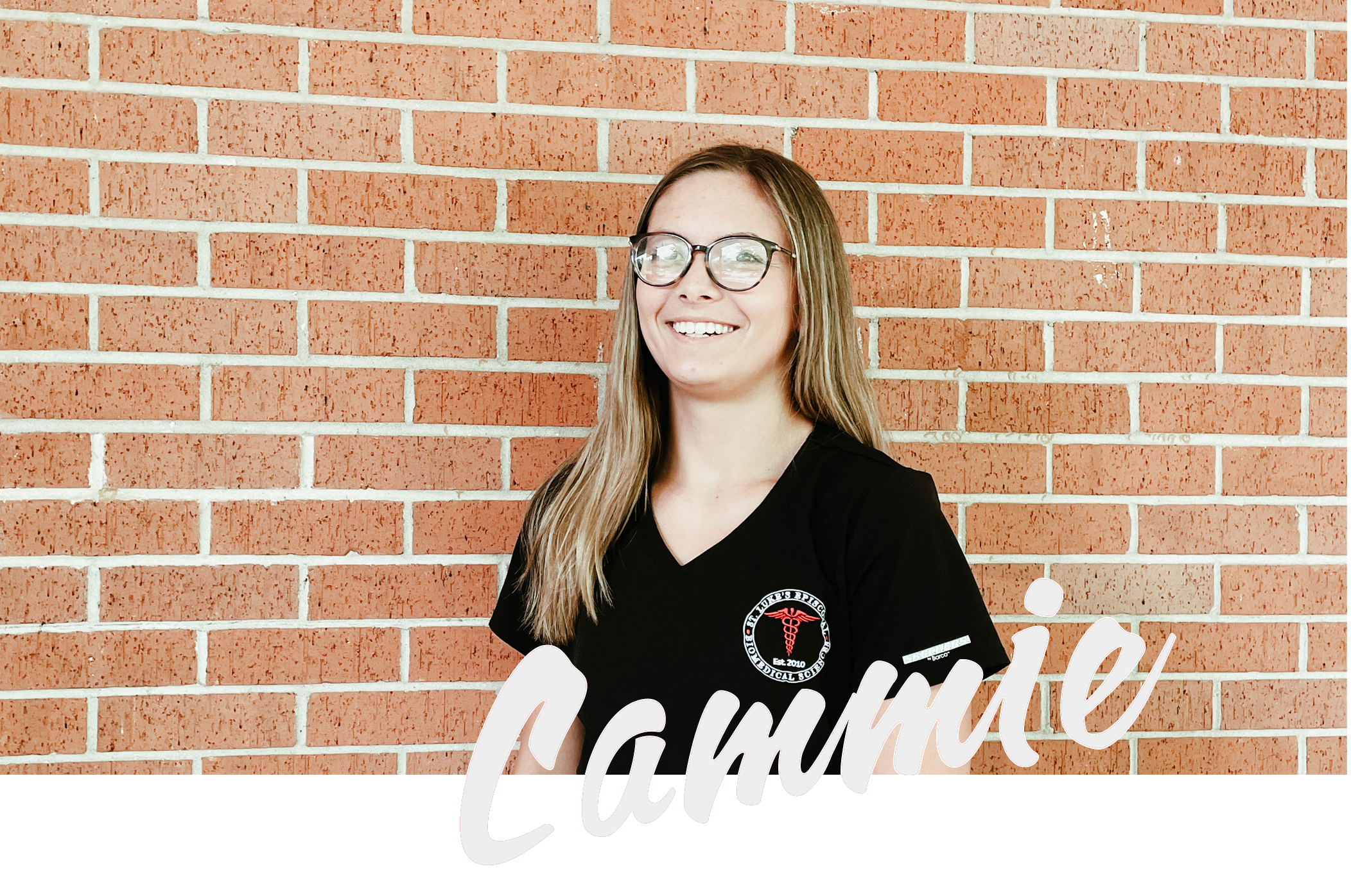More Than a Class.
Forensics Week: Day 2
Republished Courtesy of Cammie Waite
T
his past Tuesday, April 26, our Fundamentals in Biomedical Sciences class was visited by Officer Mixon. He came to continue our discussion about the collection and utilization of forensic evidence. Forensic evidence is essential to determining “who was behind the wheel” in a traffic related homicide. There are various things that may qualify as forensic evidence in a traffic related homicide. These include but are not limited to:
- Damaged to Involved Vehicles This can come directly from collision or can result from the force of the wreck (induced damage)
- Transfer of Paint, Fiber, or Rubber to Objects This transfer can be on the road, other vehicles, light poles, trees, people, and many other objects.
- Cause of Death for the affected Victim This is determined by an Autopsy. Intoxication screenings can also determine if a person was driving under the influence of drugs or alcohol.
- Roadway evidence These are tire marks. Types of tire marks include skid, gouge, and yaw marks
- Vehicle Parts Vehicle parts can help identify a car in a hit and run accident. Officer Mixon told us a story of how he found a vehicle from a hit and run accident from Mobile all the way in Maine!
- Bodily Fluids These include blood and saliva found in and around the wreck
- Damage to Fixed Objects These include light poles, trees, signs, walls, buildings, and more.
- Injury to Involved Persons These include seat belt marks, steering wheel marks, airbag injuries, glass-caused cuts, and more.
Officer Mixon finished his presentation by showing us photos of actual wrecks around Mobile and its affected persons. Seeing the effects of these wrecks surely makes me want to focus more on being a safe driver! This information was incredibly fascinating and I am excited to see what the rest of this week has in store!
Visit Cammie's Biomed blog.
W

